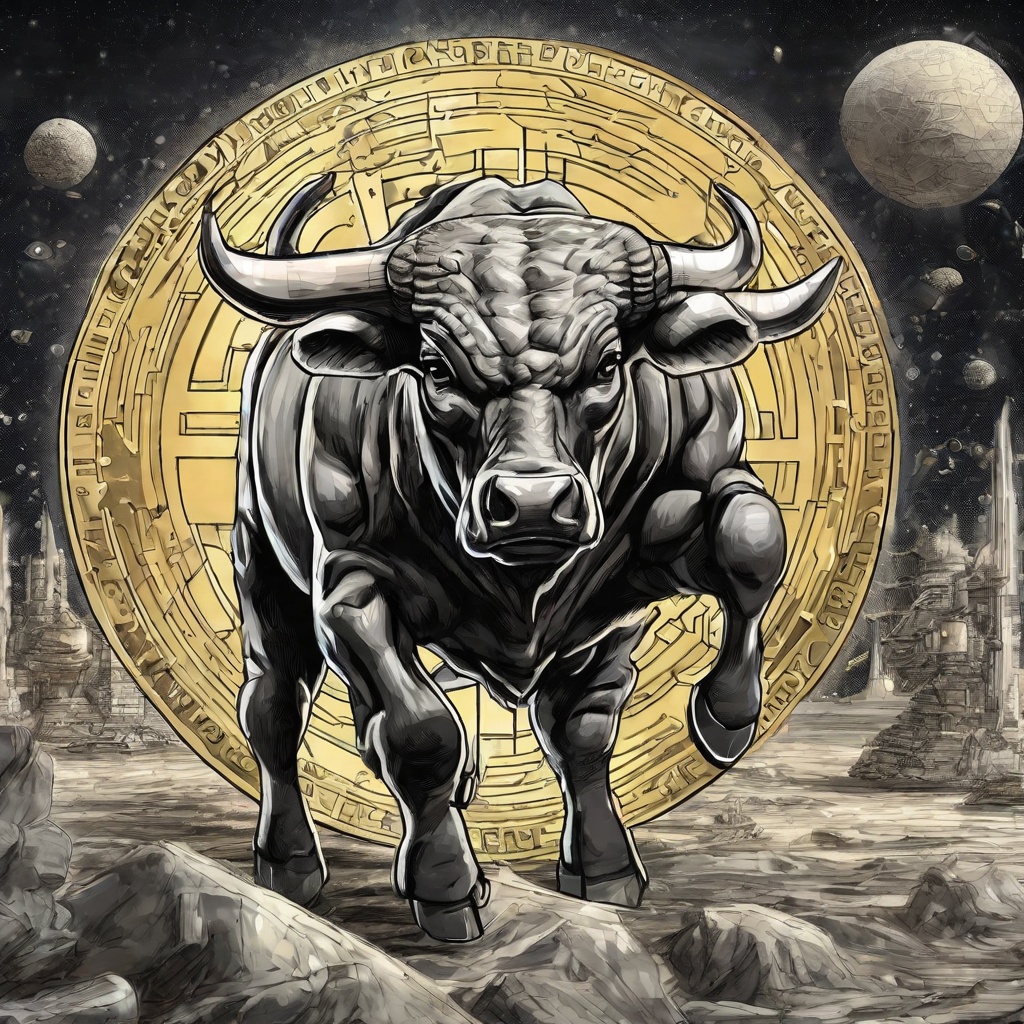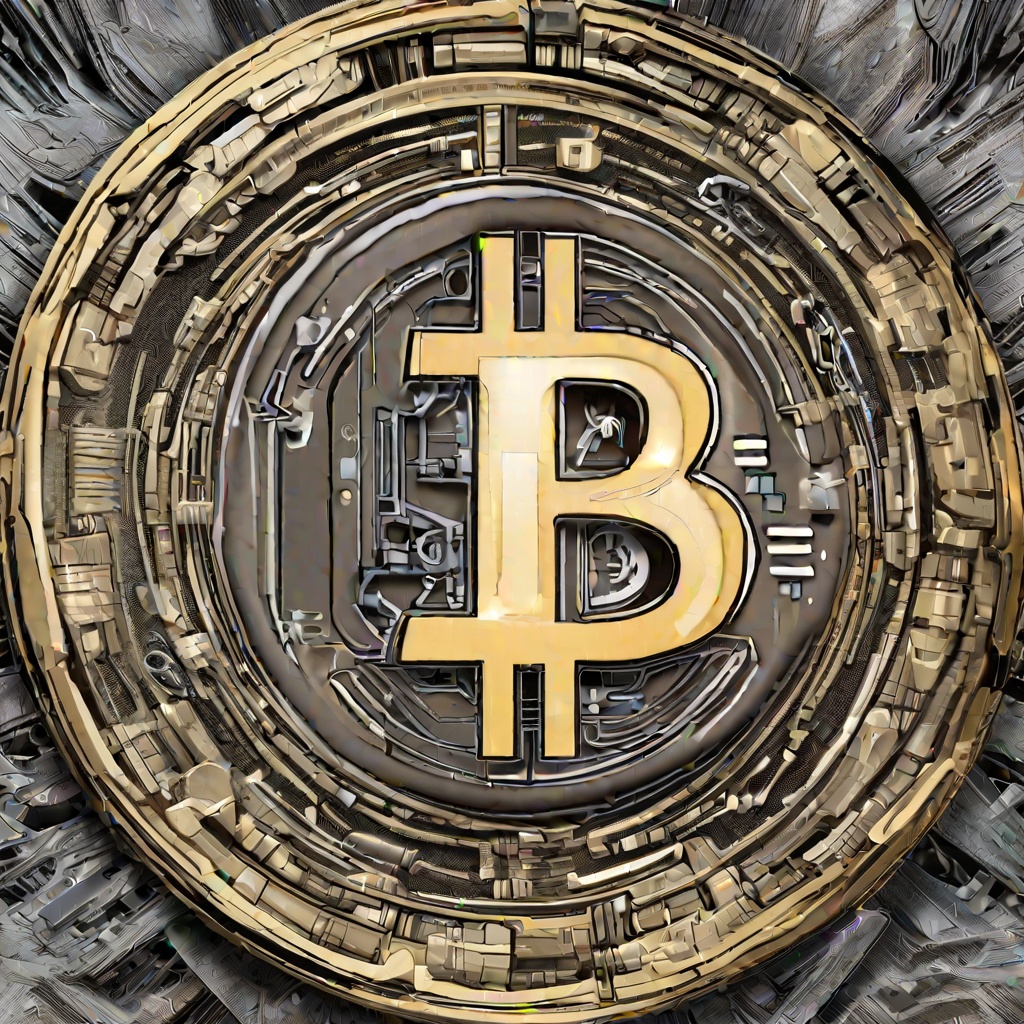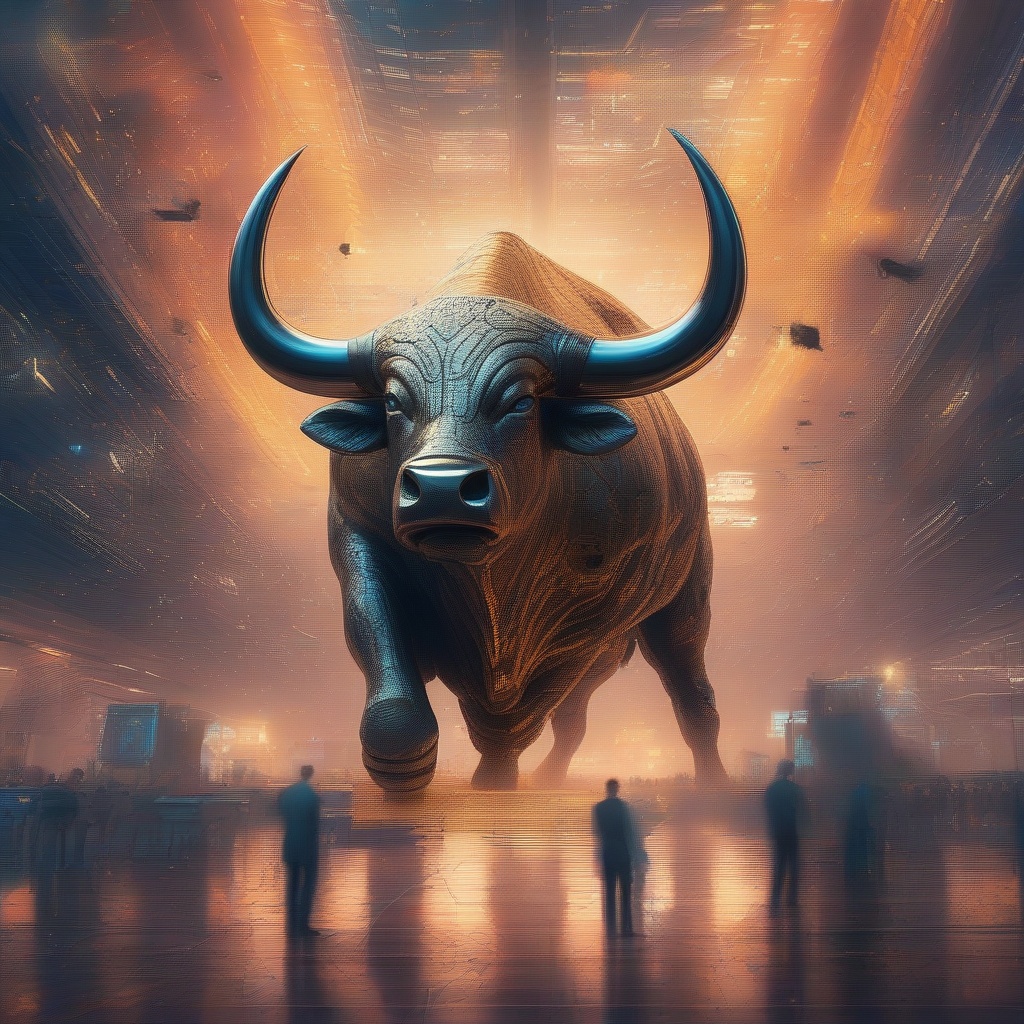What does the left paw mean in maneki-neko?
Could you please explain the significance of the left paw in the Japanese figurine known as the maneki-neko? I'm particularly curious about the traditional beliefs and superstitions associated with this gesture, and how it's interpreted in different contexts. I've heard that it's often used as a symbol of good luck and prosperity, but I'd like to know more about the specifics behind this symbolism.

What does mega popular mean?
Excuse me, could you please clarify what you mean by "mega popular"? I'm not entirely sure of the context in which this phrase is being used, but typically, when we say something is "mega popular," we're referring to its immense popularity or widespread appeal. It's a way to emphasize just how widely recognized or beloved something is. Could you provide a bit more context or an example of where you've encountered this phrase? That might help me give a more specific and accurate explanation.

What do the different colors of Maneki Neko mean?
In the realm of Japanese folklore and culture, the Maneki Neko, often depicted as a beckoning cat, holds a significant position as a symbol of good luck and prosperity. However, I've noticed that these cats often come in a variety of colors, each seemingly carrying a unique meaning. So, I must ask, what do the different colors of Maneki Neko actually represent? Is the white cat associated with purity and innocence? Does the black cat bring about a sense of mystery and protection? Or perhaps the golden cat signifies wealth and abundance? Understanding these nuances would undoubtedly enrich my appreciation for this fascinating cultural icon.

What does $/ pax mean?
I don't understand this question. Could you please assist me in answering it?

What is the meaning of Maga in Indian?
Could you please elaborate on the significance and meaning of the term "Maga" in the Indian context? I've come across this word in various discussions and am curious to understand its historical, cultural, or religious significance. Is it a reference to a specific tribe, caste, or community? Or perhaps it holds a deeper philosophical or spiritual meaning? Your insights would be greatly appreciated as I seek to broaden my understanding of Indian culture and traditions.

